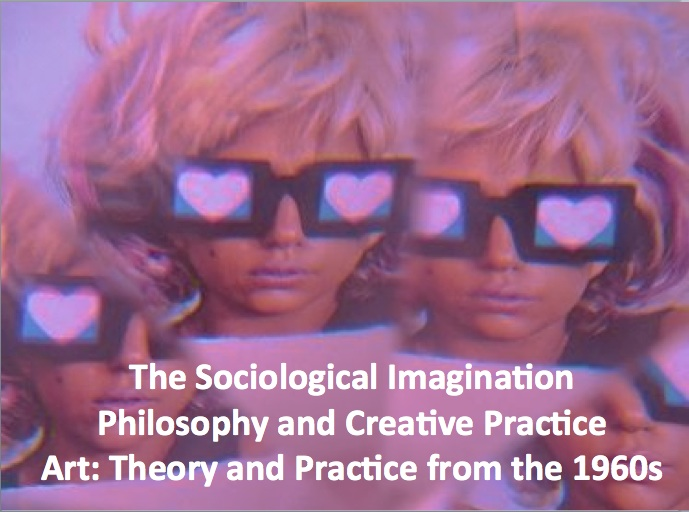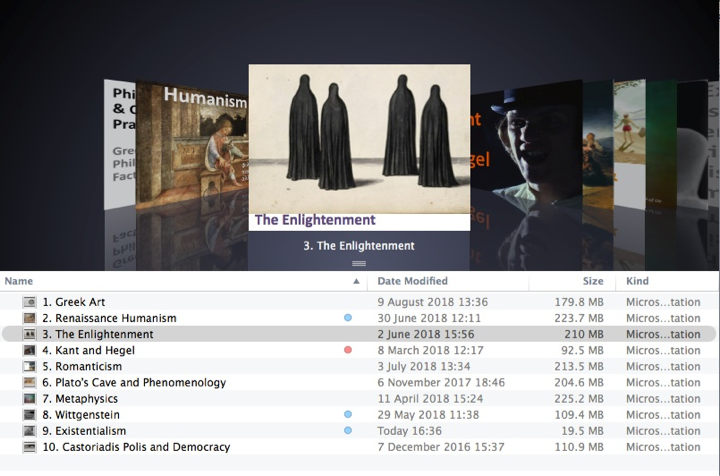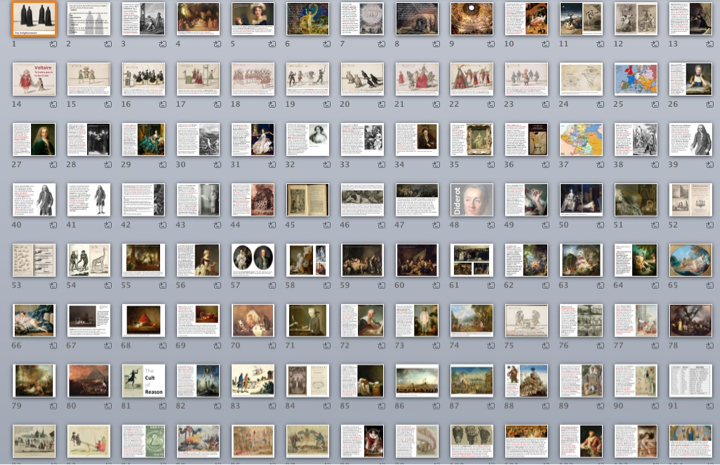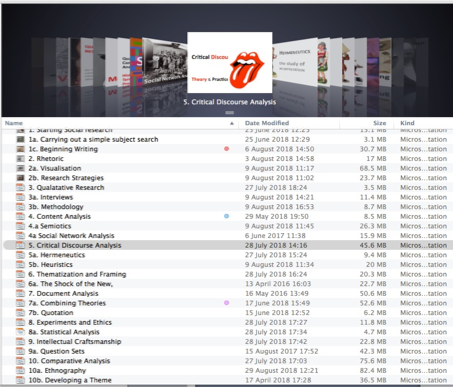
This site is still under construction
My name is Dr. William Clark and I am a private tutor and offer help and assistance with essay writing. I’m interested in starting a study group and to run the three courses outlined below. You can also see a link to a page on Intellectual Craftsmanship that outlines the more technical and analytical help with writing and researching.
You can sign up to the courses outlined below—just get in touch using the email below.
If you want to know more about each course click on the links below to find out more about the classes:
The Sociological Imagination is a term from C. Wright Mills’ book of the same name and is the “vivid awareness of the relationship between personal experience and the wider society”. So to explore it the course examines and combines the classic tradition in social theory and the history of the avant-garde in modern art. It identifies and traces the influence of the ideas that form the basis of how we understand art and culture. I wanted to design and write the kind of course I would have wanted when I was at Art School. Mills put together a collection of the key theorists you would have to read to understand the development of social theory: so I adapted parts of this to get at the core of the classic tradition in social theory and then combined this with an analysis of mostly 20th century avant-garde art practice which was what I had been doing when I ran an art magazine. I realised that the people who formed the circles of thinkers and the salons and little groups and magazines overlapped and influenced each other.
Philosophy and Creative Practice is a guide to the main landmarks in the development of Philosophical thinking over a huge time span. The main focus is on how philosophy connects with art and creativity and aesthetics—how vital it is to understanding art. The aim of the course is an understanding of philosophical concepts and modes of inquiry as a research tool and as an impetus to creative practice. The writing of major philosophers will be discussed and each seminar will consider a theme, and introduce a set of questions and ideas that will be continued in subsequent sessions; these themes include questions about the notion of knowledge and truth, language, gender and the perception of space and time and their possible ramifications for art and design practices. This course does not assume any previous knowledge of philosophy and will offer an introduction to key concepts and ideas. It will, however, require reading of set texts some of which are straightforward, accessible arguments and others that are more challenging and demand more patience. Nevertheless, through this study you will gain an ability to discuss and use philosophical concepts with confidence.
Art: Theory and Practice from the 1960s was a course run by John Calcutt at Glasgow School of Art that was an influence and inspiration for successive generations of artists at Glasgow School of Art. It looks at key themes and artists and how they were increasingly interpreted theoretically. I’ve expanded on its focus on Formalism and postmodernism to be more critical and cover a broader range of media and more political thinking and the effects of the market. The course encompasses theoretical perspectives on the rapid expansion of the technologies of image reproduction, and broadens this out to gain a perspective on how the figure of the author/artist has been understood at different moments in the west. It also examines the desire to broaden the scope of artistic practice to release it from the purely aesthetic concerns of the autonomous art object. Aspects of the course question visual representation as instruments of control and power, and explain how consumer culture and the use of the techniques and materials of mass production influenced artistic practice. It also helps the students explore the problematic nature of both male and female identity and representation, and to understand the process of art’s reception and dissemination in and the influence of the artist-run movement.
You do not need to know anything about Philosophy, Sociology or Art History to follow the courses. They are not designed to put you to sleep and they are not about old dead white guys. Their focus is on art and creativity we look at the connections in an interdisciplinary way. Everyone will be at a different level and it’s important for me to respond to this. The course will give you confidence in your learning by explaining ideas clearly and hopefully you will try harder to develop your potential.
The courses are a chance for you to find and explore things that might interest you for the rest of your life. For each subject we look at the key thinkers and how their fundamental ideas developed to try to understand them and see the beauty of their ideas and their relevance to today.

The lives of the artists, their inspirations, philosophies and world views are in their work, but it has been obscured with the passing of time.
The purpose of the courses are to motivate you, to inspire you and to educate you—but it’s also about you taking charge of these things yourself and to gain confidence in your abilities. The courses are not designed to confuse you with lots of complicated ideas—they try to demystify. They have been developed over the years so that the students can understand and follow them.
Innovation comes from a detailed study of the past. I want to inspire you by showing you the classic tradition in these three areas. We need to know it even to rebel against it—we all have to understand that there is a vast world of knowledge out there that we know little about. The courses help you find what you are looking for—where and how to find and assess things and understand the power of ideas…
The talks are pre-prepared so that you can look at the slides before and/or after. Everything is written out and heavily illustrated so you should be able to follow things if English is not your first language.
They are also heavily illustrated throughout, and terms and historical background are explained as we go along. The aim is not to confuse you. These also act as the reading list and have the sources and further reading in the notes section.
There is also guidance on writing, analysis and research design that is also illustrated and has been designed to help you understand the basics and provide more advanced advice if you wish to develop further or prepare for a longer written work later. These are really resources that complement the course and you can find an outline of these via the link below.





